Many of us Boomers had parents who grew up during the Great Depression, and grandparents who raised families during those troubled times. If you're like me, you remember that your Greatest Generation parents may well have had a fondness for thrift stores. Mine sure did; I remember the Old Man once proudly showing me a near-new pair of roper boots he got for five dollars. I always said that if my Depression-era Dad got hold of a nickel, it was a prisoner, and thrift like that has kind of faded from American culture.
Until, perhaps, now. Now, with a lot of people being uncertain about the Trump administration's tariffs, one silver lining has surfaced: A boom in thrift store apps.
Sabrina Modelle, a clothing reseller in Northern California, uses the thrifting app ThredUp to find stylish used items. Sometimes she’ll spend weeks watching the same dress get slowly more discounted, until finally she swoops in and buys it for a fraction of the original price.
This month, however, she noticed the prices on some of her saved items creeping back up. Sellers were rolling back their discounts as items sold more quickly than usual, she guessed. Even the Goodwill store in her neighborhood seemed packed with shoppers she’d never seen before.
“Since the tariffs got announced, things have been crazy,” Modelle said.
I'm inclined to think that a lot of these folks' fears will end up being unfounded, but predictions are hard to make, especially about the future. In any case, what's wrong with saving a buck - and what's wrong with the entrepreneurs who make and run these online markets making a few bucks?
Downloads of thrifting and resale apps in the United States jumped 18 percent on average in the first quarter compared with the previous quarter that ended Dec. 31, according to data from the market intelligence firm Sensor Tower. Some apps saw major gains: Depop downloads increased by 68 percent, while Poshmark downloads grew by 28 percent and eBay by 15 percent.
Apps such as ThredUp, Depop and Poshmark let customers buy used clothes, shoes and accessories directly from small vintage businesses, professional “upcyclers” and amateur sellers with overflowing closets. In many cases, shoppers bid on items, whose condition can range from heavily worn to tags-still-on.
Seems like a win-win.
See Also: Trump Responds After WSJ Reports He's Considering Slashing Tariffs on Chinese Imports
And who's losing business here? China. Oh, sure, some of the clothing and other stuff being sold in these apps may have been Chinese in origin, but that's not helping China anymore; the only people receiving any income from these transactions are the American sellers. Anyone from Pasadena to Poughkeepsie who buys anything from these apps is effectively buying American, no matter where the merchandise was originally made.
I don't think we're headed into another Great Depression. I don't think President Trump's tariffs will destroy the economy. I do think setting trade with other countries on an even keel is worth doing. But I also see the value in thrift, and if folks' reactions to this controversy set them on the path for seeking more bang for their buck, that's probably for the best.
Help RedState continue to tell the truth about the Trump administration's accomplishments as we continue to usher in the Golden Era of America. Join RedState’s VIP and use promo code FIGHT to get 60% off your membership today.


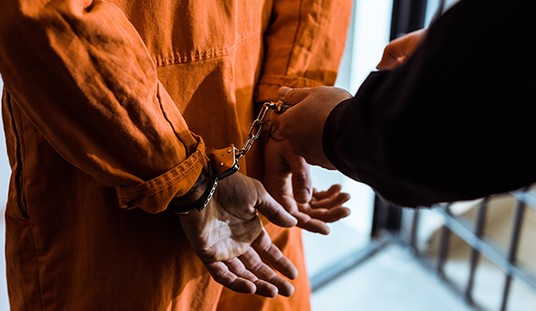
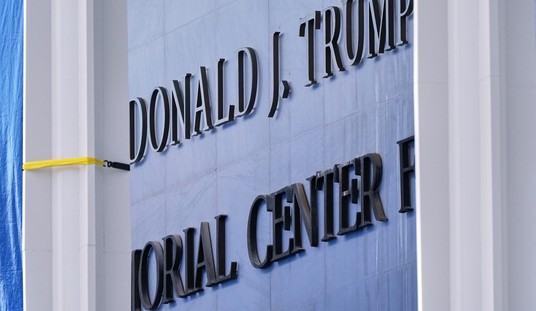
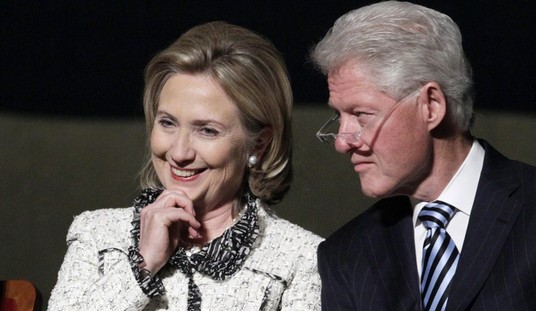







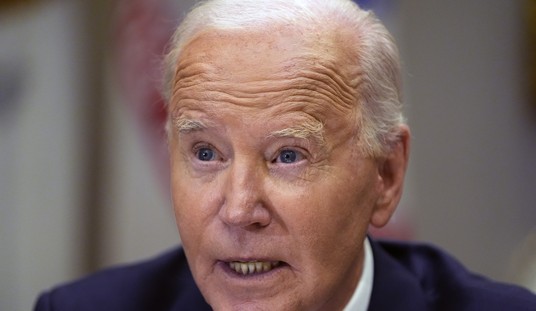
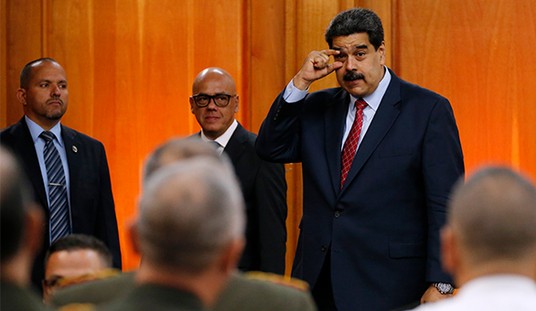
Join the conversation as a VIP Member